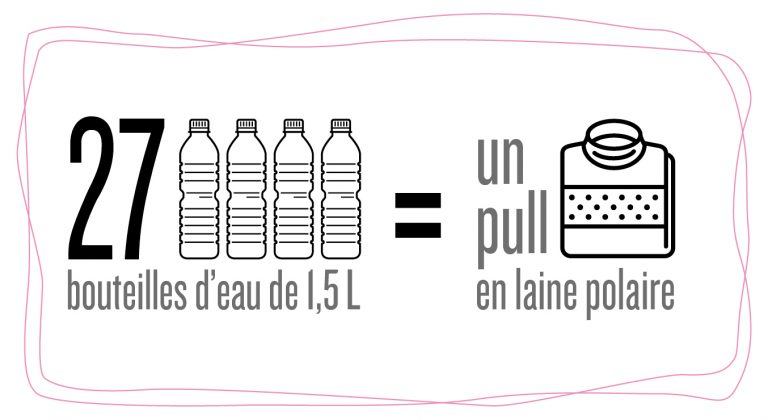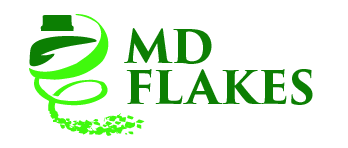05 September 2022
What happens to your plastic waste?
In France nearly 25 million plastic bottles are thrown every day. Less than half reaches selective collection, however, all that is collected can be recycled. Thanks to plastic recycling methods, we now know how to value them as best as possible and recreate new plastic products, which saves fossil origin resources.
Whether it is bottles, flasks or other packaging, plastic waste is very present in office life. With its EasyRecycling offer, La Corbeille Bleue collects, for example, thousands of bottles that it will be able to process to give them a new life.
Why recycle plastics?
Plastic is part of our daily life and represents an environmental issue at the heart of current concerns.
But everyone can act at their own level and that of their company to limit the impact of this material on our resources and our environment.
Using one tonne of recycled plastic saves 830 liters of oil. By sorting your plastic bottles and cups, at the office as at home, you assure your waste a new life transforming them again into a resource for the creation of material.
How are the plastics tries treated?
Between the moment you throw your bottle or your plastic cup in the dedicated bin and the release of a new packaging in the same material, the journey of the waste is a real adventure.
Once collected, waste is sorted by plastic family on a dedicated sorting center. Very technological, these centers have optical sorters that separate materials (papers, boxes, different kinds of plastic). The balls (huge 500 kg cubes) composed of plastics of the same nature are then shipped to a regeneration center. The balls will be open, the plastics washed with new, crushed in glitter.
These glitter will then be removed washed, rinsed, dried and sieved wrugled in order to be able to make a new material. They can be sold as to industrialists or regenerated in powder or pellets which can start in a production process.
Thanks to various additives, these granules or powder will indeed present the technical and color characteristics necessary for their second life.
What happens to these recycles plastics?
PET (Polyethylene terephthalate) which makes up plastic bottles will become new bottles or pens; the bottles will be transformed into textile fibers to make fleeces or padding for duvets and stuffed animals.
Certain materials, thicker will be used for the construction of larger objects, such as collection bins or watering cans and new sorting and recycling techniques even allow you to create trash bags from plastic film!
Finally, other types of plastic will be used to produce construction materials or furniture.

Should the bottles be removed from the bottles?
This is a question that often arises and we have the answer: no it's not worth it! Once the bottles have been crushed into flakes with their caps, they are again sorted by what is called flotation: soaked in water, the PET flakes of the bottles, which are less dense, will remain on the surface, when those from the plugs will sink. It is a simple technique that makes your gesture easier when sorting.
And here you are now knowing everything about recycling plastics. No more excuses so as not to sort your bottles and plastic waste!
Whether it is bottles, flasks or other packaging, plastic waste is very present in office life. With its EasyRecycling offer, La Corbeille Bleue collects, for example, thousands of bottles that it will be able to process to give them a new life.
Why recycle plastics?
Plastic is part of our daily life and represents an environmental issue at the heart of current concerns.
But everyone can act at their own level and that of their company to limit the impact of this material on our resources and our environment.
Using one tonne of recycled plastic saves 830 liters of oil. By sorting your plastic bottles and cups, at the office as at home, you assure your waste a new life transforming them again into a resource for the creation of material.
How are the plastics tries treated?
Between the moment you throw your bottle or your plastic cup in the dedicated bin and the release of a new packaging in the same material, the journey of the waste is a real adventure.
Once collected, waste is sorted by plastic family on a dedicated sorting center. Very technological, these centers have optical sorters that separate materials (papers, boxes, different kinds of plastic). The balls (huge 500 kg cubes) composed of plastics of the same nature are then shipped to a regeneration center. The balls will be open, the plastics washed with new, crushed in glitter.
These glitter will then be removed washed, rinsed, dried and sieved wrugled in order to be able to make a new material. They can be sold as to industrialists or regenerated in powder or pellets which can start in a production process.
Thanks to various additives, these granules or powder will indeed present the technical and color characteristics necessary for their second life.
What happens to these recycles plastics?
PET (Polyethylene terephthalate) which makes up plastic bottles will become new bottles or pens; the bottles will be transformed into textile fibers to make fleeces or padding for duvets and stuffed animals.
Certain materials, thicker will be used for the construction of larger objects, such as collection bins or watering cans and new sorting and recycling techniques even allow you to create trash bags from plastic film!
Finally, other types of plastic will be used to produce construction materials or furniture.

Should the bottles be removed from the bottles?
This is a question that often arises and we have the answer: no it's not worth it! Once the bottles have been crushed into flakes with their caps, they are again sorted by what is called flotation: soaked in water, the PET flakes of the bottles, which are less dense, will remain on the surface, when those from the plugs will sink. It is a simple technique that makes your gesture easier when sorting.
And here you are now knowing everything about recycling plastics. No more excuses so as not to sort your bottles and plastic waste!


